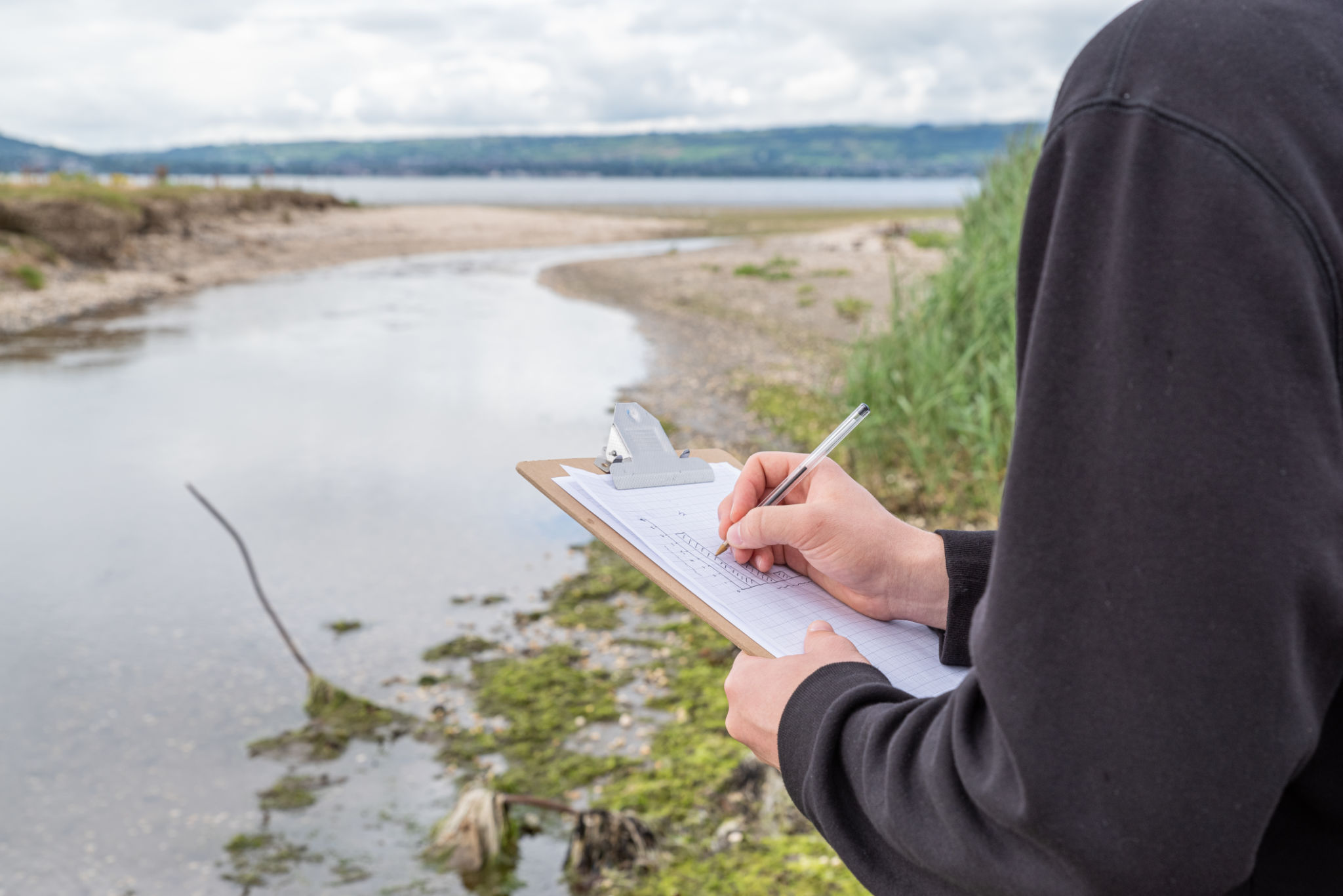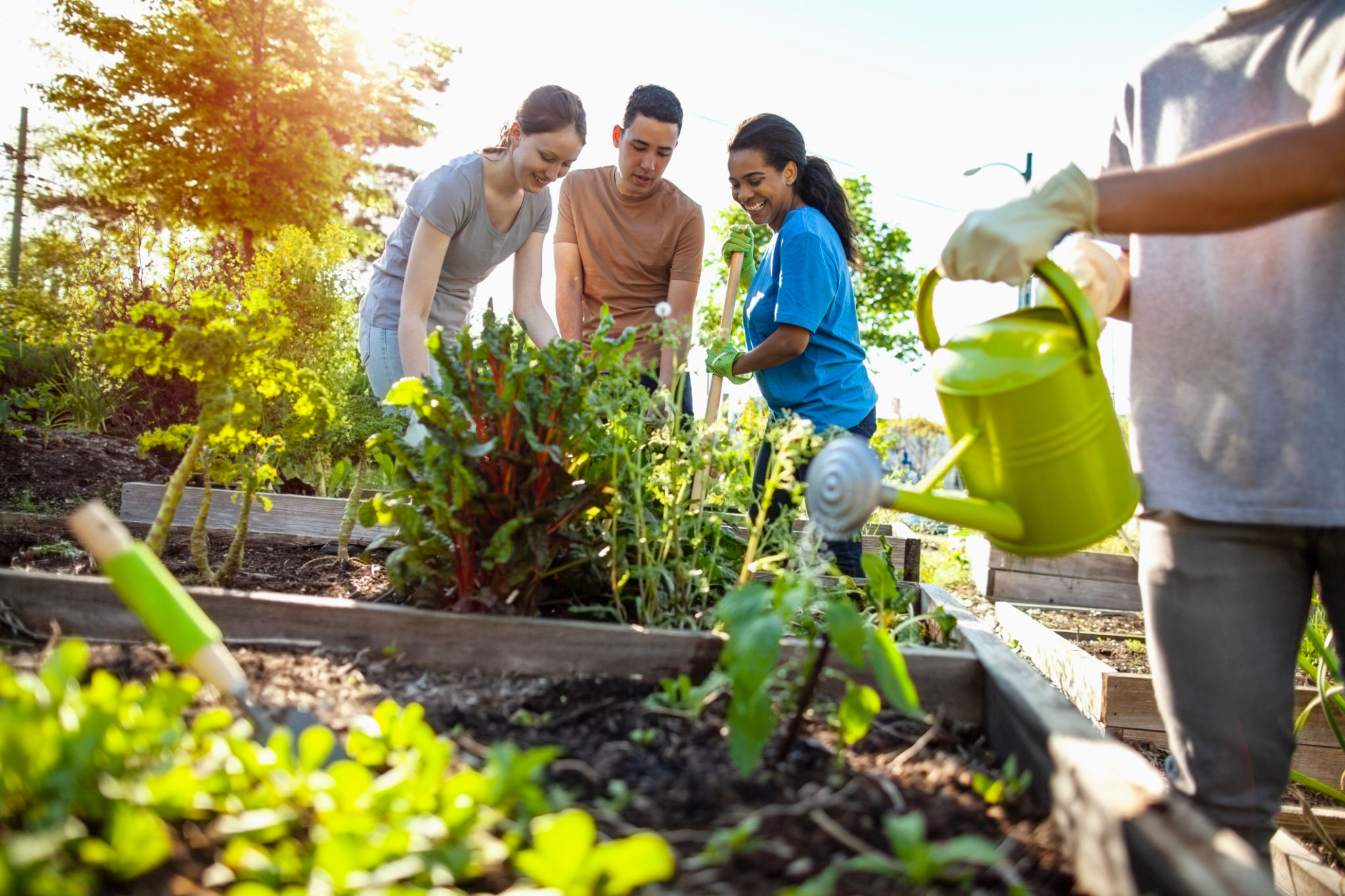Preparing for Seasonal Changes: Environmental Impact Assessments and Community Action
Understanding Environmental Impact Assessments
As the seasons change, communities often face environmental challenges that require proactive measures. One effective strategy is conducting an Environmental Impact Assessment (EIA). An EIA is a process that evaluates the potential environmental impacts of proposed projects or actions before they are carried out. This assessment helps identify potential negative effects on the environment and suggests ways to mitigate them.
Environmental Impact Assessments are crucial in maintaining ecological balance and ensuring sustainable development. They involve a thorough analysis of how seasonal changes might influence local ecosystems, wildlife, and the overall quality of life for residents. This proactive approach allows communities to prepare and adapt effectively to changes, minimizing adverse effects.

Key Steps in Conducting an EIA
The process of conducting an EIA typically involves several key steps. First, there is the screening phase, where the need for an EIA is determined based on the potential environmental risks of a project. If an EIA is necessary, the scoping phase follows, where the most significant environmental concerns are identified.
Next is the impact analysis, where data is collected and analyzed to predict how different aspects of the environment might be affected. The findings are then compiled into an Environmental Impact Statement (EIS). Finally, public consultation ensures that the community's views are considered before any decisions are made.

The Role of Community Action
While EIAs provide a framework for understanding potential environmental impacts, community action plays a vital role in addressing these challenges. Engaging local residents in discussions about environmental issues fosters a sense of ownership and responsibility towards their surroundings.
Communities can organize workshops and seminars to educate members about the importance of environmental conservation and the steps they can take to reduce their ecological footprint. Such initiatives encourage individuals to adopt sustainable practices, enhancing the overall effectiveness of EIAs.
Practical Steps for Community Involvement
There are several practical steps that communities can take to prepare for seasonal changes:
- Establishing community gardens to promote sustainable agriculture and food security.
- Organizing clean-up drives to maintain cleanliness and reduce pollution in local areas.
- Encouraging the use of renewable energy sources like solar panels to reduce reliance on fossil fuels.
- Implementing water conservation practices to manage resources during dry seasons.

Case Studies of Successful Community Initiatives
Across the globe, numerous communities have successfully implemented strategies to address environmental challenges. For instance, some towns have established early warning systems for extreme weather events, allowing residents to prepare and respond effectively. Others have created conservation programs to protect local wildlife and habitats from seasonal threats.
These case studies highlight the power of collaboration between local authorities and residents in achieving sustainable outcomes. By learning from these examples, other communities can tailor strategies that best suit their unique environmental contexts.
The Importance of Continuous Monitoring and Review
To ensure long-term success, it is essential to continuously monitor and review the outcomes of EIAs and community initiatives. Regular assessments help identify new risks and opportunities for improvement, allowing communities to adapt strategies as needed.
Feedback mechanisms should be established to gather input from residents about their experiences and suggestions for future actions. This ongoing dialogue helps maintain momentum and engagement in community-driven environmental efforts.

Conclusion: A Call to Action
As we face increasingly unpredictable seasonal changes, the importance of Environmental Impact Assessments and community action cannot be overstated. By working together, communities can effectively mitigate environmental risks and enhance resilience against future challenges.
Now is the time for individuals and groups to take proactive steps toward sustainability. Whether through participating in local initiatives or advocating for comprehensive EIAs, every action counts in preserving our environment for generations to come.